At some point in time, there may be a need to remedy a small leak or a burst to your tire tubes. Therefore, adhesives made up of rubber cement or vulcanizing fluids are common products used to patch tire tubes and make them useful again.
Although they may serve the same purpose, they are different in composition and how they work. In this article, we are going to walk you through the difference between rubber cement and vulcanizing fluid and why it is not advisable to use rubber cement adhesive on bike tubes.
Rubber cement is sometimes sold in stationery stores. It is an adhesive which is mostly made from an elastic polymer, particularly latex, and mixed with solvents such as hexane, toluene, acetone, or heptane. More often than not, the mixture is not strong enough to perform an effective patch work on your tires.
To add to the confusion, some bike repair kits come with a “rubber cement” that is actually self-vulcanizing fluid. These are really the “vulcanizing fluid” products that you should be using.
What is Vulcanizing Fluid?
Vulcanizing fluid is another adhesive that is used in making cross-links in materials made of rubbers. They are fast-drying adhesives that can be used with or without heat.
How do Rubber Cement and Vulcanizing Fluid Work?
Rubber cement and vulcanizing fluid are adhesives that are used in patching up rubber components. They are both made up of elastic polymers like Gum Arabic, which, when dissolved in volatile solvents like benzene or acetone, give them the property of hardening and cross-linking broken rubber parts, upon the evaporation of the volatile solvent.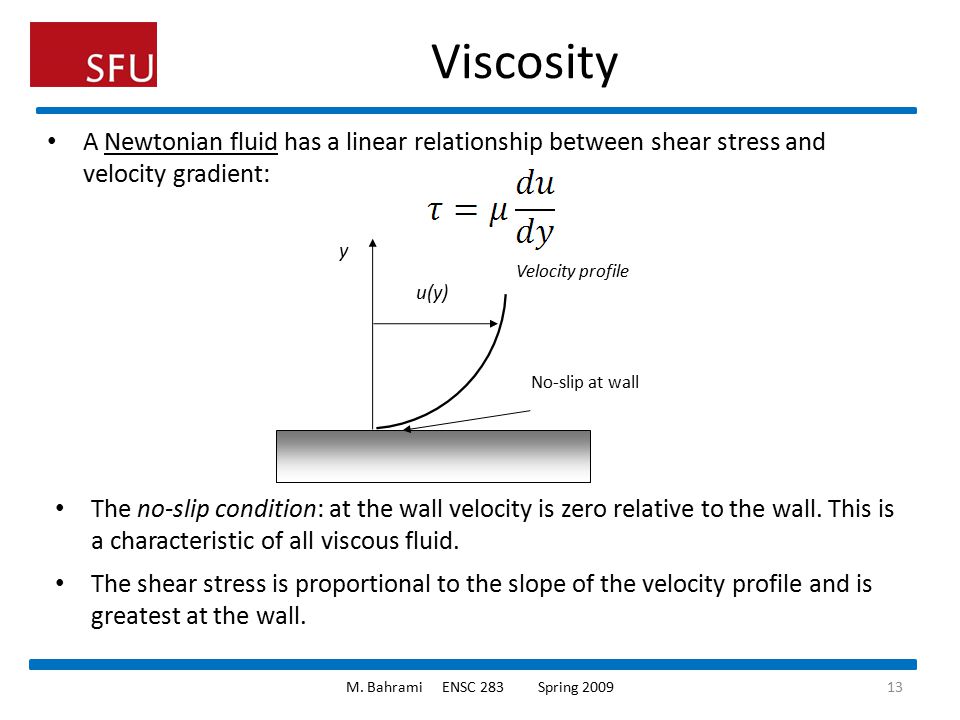
Tire tubes are made of vulcanized rubber, which is precisely the components these adhesives have to work with to produce a significant effect. After the application of the adhesive, the tire tube gets reformed with bonds to the polymer in the glue. Upon evaporation of the volatile solvents, the inner side of the glue must have wholly bonded with the tire tube, leaving you with a choice of peeling off the outside remnant or leaving it to wear off.
Most bike tubes contain rubber components that are not very strong. Rubber cement is not particularly effective at patching tire tubes, and may even cause rubber components to break down, thereby damaging them for further usage.
The Best Solution is a Patch Kit
The patch kit is otherwise known as the service/ repair kit. These are a set of tools and spare parts that are used in the repair of tire tubes. They can be kept in the vehicle and moved around to ensure an on-the-spot repair. The components of the patch kit vary from manufacturer to manufacturer. A typical patch tool contains tire levers, sandpapers to make the affected area clean, a vulcanizing fluid, a wax crayon to mark the affected area, and a metal grater.
The components of the patch kit vary from manufacturer to manufacturer. A typical patch tool contains tire levers, sandpapers to make the affected area clean, a vulcanizing fluid, a wax crayon to mark the affected area, and a metal grater.
| Item Number | Unit of Measure | Box Quantity | Shelf Life | ||||||
|---|---|---|---|---|---|---|---|---|---|
| 760 | EA | 1 | 2 years | ✔ | ✔ | ✔ | ✔ | ✔ |
Commonly used with: UL6 UNI-SEAL ULTRA 1/4″ (6mm), BOX OF 14, UL6S UNI-SEAL ULTRA STEM 1/4″ (6MM), BOX OF 20, CT-10 1-3/4″x3″ (45mmX75mm), BOX OF 20
TECH fast-drying Chemical Vulcanizing Fluid works with both TECH gray and Thermacure cushion gums to bond tire and tube repairs in hot or cold applications. Recommended dry time is 3-5 minutes.
Recommended dry time is 3-5 minutes.
UPC: 743813141002
CHEM.VULCANIZING FLUID 8OZ
Other related results:
products.techtirerepairs.com
760 - CHEMICAL VULCANIZING FLUID (8 OZ) - TECH Ecommerce
Be sure to use with one-piece, stem and TECH tire repair materials. TECH 760 Vulcanizing Fluid. Download Safety Data Sheet > ...
techtirerepairs.com
SAFETY DATA SHEET
760, 761, 762, 763, 764, 765, 766, 767. Supplier's details. : CHEMICAL VULCANIZING FLUID. Relevant identified uses of the substance or mixture and uses ...
products.techtirerepairs.com
CT72AR - CT72AR THERMACURE ARAMID OTR CROWN REPAIR ...
CT72AR - CT72AR THERMACURE ARAMID OTR CROWN REPAIR 13 3/4″X30″ (345mmX760mm), BOX OF 1 · TECH Centech Radial OTR repairs are reinforced with Aramid cord for .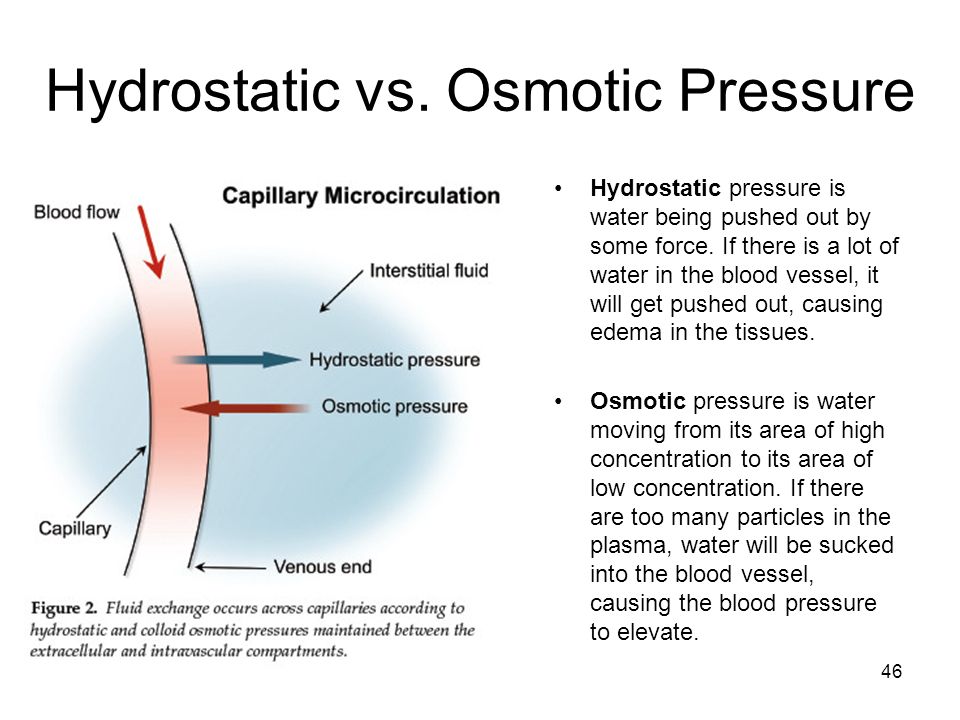 ..
..
products.techtirerepairs.com
TOR9R - TOR THERMACURE REPAIR 30" (760mm), BOX OF 1 ...
TOR9R - TOR THERMACURE REPAIR 30″ (760mm), BOX OF 1. Item Number: TOR9R. TECH Off-Road (TOR) repairs have specially designed plies that dissipate stress and ...
products.techtirerepairs.com
TOR9C - TOR BIAS CLOTH OTR REPAIR 30" (760mm), BOX OF 1 ...
TOR9C - TOR BIAS CLOTH OTR REPAIR 30″ (760mm), BOX OF 1 · TECH Off-Road (TOR) repairs have specially designed plies that dissipate stress and provide maximum ...
Vulcanizing Fluid
Vulcanizing Fluid is designed for cold (chemical) vulcanization of patches. Depending on the constituent components, they are divided into flammable and non-flammable. All types of curing fluids are toxic chemicals and should be handled with care. When using vulcanizing liquids (cements), it is necessary to strictly adhere to the technology to ensure the proper quality of the repair.
Before using Curing Fluid , clean the damaged area with a chemical cleaner and mechanically if necessary. Apply a thin layer of cement to the tire repair area and rub thoroughly into the pores of the rubber. Allow the curing liquid to dry (drying time is indicated in the instructions). It is not recommended to use airflow to speed up drying. Pick up the patch and remove the protective film from it. Apply a patch to the damaged area and carefully roll in to remove air.
Keep Vulcanizing Fluids out of the reach of children, away from heaters, sparks and open flames. Use only in well ventilated areas. Do not breathe vapours. If ingested, do not induce vomiting, drink plenty of water. In case of poisoning and fainting, do not give anything to the victim, call a doctor immediately. Avoid contact of vulcanizing fluid with skin and clothing. In case of contact, rinse immediately with plenty of water. Use gloves when working. If the vulcanizing liquid catches fire, use foam, chemical, or carbon dioxide fire extinguishers.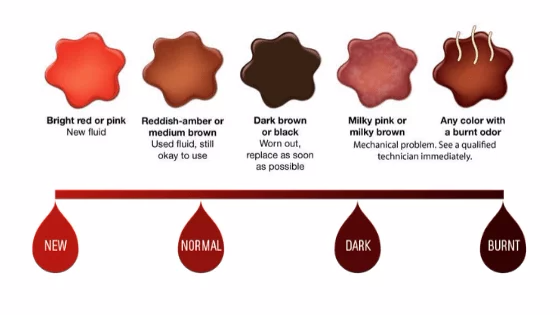 In case of leakage or spillage of vulcanizing liquid, soak up with absorbent material and destroy. Keep the can of vulcanizing liquid closed.
In case of leakage or spillage of vulcanizing liquid, soak up with absorbent material and destroy. Keep the can of vulcanizing liquid closed.
Cold cure is a chemical reaction between the chambered adhesive and the active (usually white) layer of a custom patch. Of course, special glue is also needed for such an operation. The whole process, including preliminary processing of the camera, takes no more than five minutes, but such a patch does not differ in exponential durability. Its best use is temporary wheel repairs away from specialized workshops.
Chamber surface treatment, i.e. her chemical cleaning , carried out with a buffer cleaner (dissolver of dirt and rubber top layer). The agent in an aerosol can or in a jar dissolves dirt and the top layer of rubber, completely cleaning it from foreign impurities. However, it only helps cleaning and does not allow dirt to penetrate deep into the structure of the chamber - the process itself is carried out manually using a special scraper. It is better to do it more intensively - the cleaner tends to evaporate quickly, and no one will waste a bottle of the drug on one chamber. In addition, cleaning and removal of dirt are necessary both before and after giving the chamber the necessary roughness.
It is better to do it more intensively - the cleaner tends to evaporate quickly, and no one will waste a bottle of the drug on one chamber. In addition, cleaning and removal of dirt are necessary both before and after giving the chamber the necessary roughness.
Product catalog
, Moscow, Chelyabinsk, Kazan) from the manufacturer, production at factories and deliveries.
Price lists with prices for cold and hot vulcanizing adhesives and other Tech chemical components, order from the car service equipment department.
| | | | Art. 766. | Art. 770. | Art. 775. | Art. 1082. |
The range includes the cold and hot vulcanizing adhesive for the repair of tubeless tyres.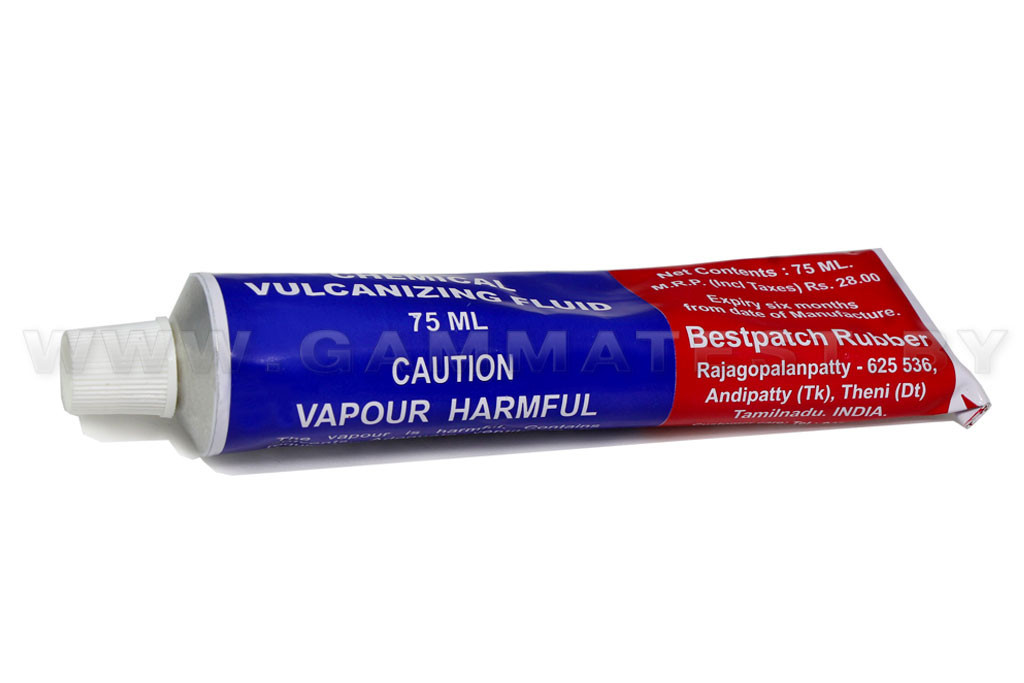
| Art. No. | Designation |
| 760 | CHEMICAL VULCANISING FLUID, 235 ml, with brush. |
| 761 | CHEMICAL VULCANISING FLUID, 946 ml.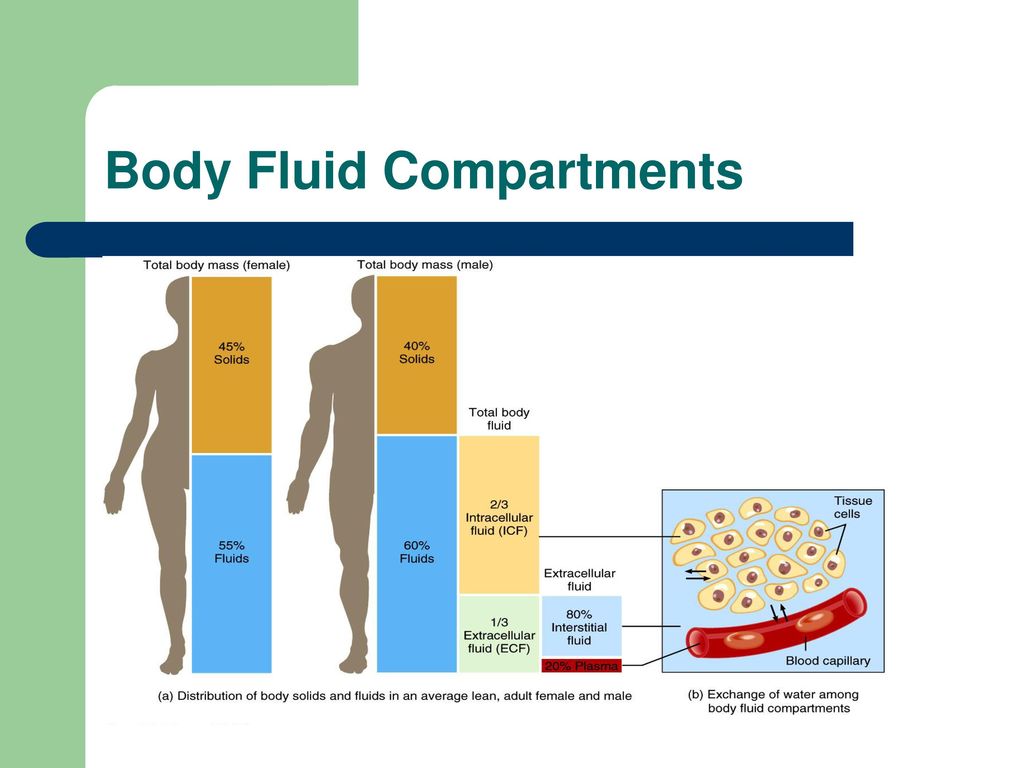 |
| 765 | CHEMICAL VULCANISING FLUID, 50 ml, (tube). |
| 766 | CHEMICAL VULCANISING FLUID, 20 ml, (tube). |
| 775 | HEAVY DUTY BLUE VULCANISING FLUID, 235 ml, with brush. |
| 1082 | Hot Vulcanizing Liquid (Adhesive) (TEMVULC), 946 ml. |
Price on request.
You can order and buy adhesive for cold and hot vulcanization TECH with shipment by transport companies to the cities: Arkhangelsk, Vladivostok, Volgograd, Voronezh, Yekaterinburg, Izhevsk, Irkutsk, Kazan, Kemerovo, Krasnodar, Krasnoyarsk, Moscow, Nizhny Novgorod, Novosibirsk, Omsk, Orenburg, Penza, Perm, Rostov-on-Don, St. Petersburg, Samara, Saratov, Tyumen, Ufa, Cheboksary, Chelyabinsk, Yaroslavl and other regions of Russia.